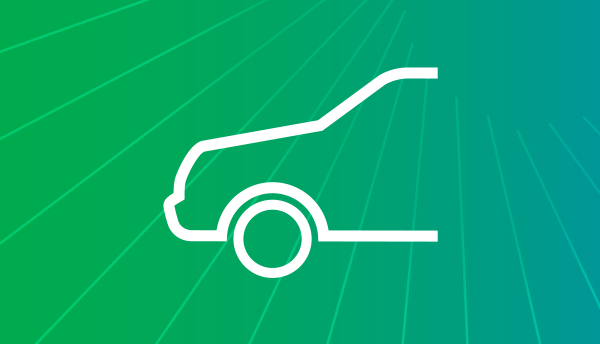
JLR is deepening its focus on potential investment in Brazil, and is currently recruiting staff with experience in that market. A spokesman for the company told Automotive News Europe (ANE), "We're looking at it very seriously. We're recruiting people with local knowledge to assess the potential for us." JLR gave no indication as to a possible timeframe for an investment in a local plant. However, the automaker's marketing director, Phil Popham, previously told the trade publication that any investment is likely to depend on the complexity of new taxation rules that are set to be brought into force in the country.
Land Rover Defender demise given timeline
The end of production of Land Rover's Defender model has now been given an official timeline. A company spokesperson told ANE that, "The Defender will go out of production in the middle of the decade due to legislative reasons," without elaborating further. However, BBC News has reported that the decision is due to upcoming emissions regulations and that the last vehicles will be built at the automaker's Solihull (United Kingdom) site in December 2015.
Outlook and implications
The current investment in the JLR brand, which is said to amount to up to GBP1.5 billion (USD2.39 billion) a year on average until 2015, is really starting to pay dividends. The automaker now benefits from a Land Rover range that has had three new models added to it during the past three years and is set to gain a fourth in the new Freelander during 2014. Its Jaguar brand is also being supported by the introduction of the F-Type sports car, although more important have been the heavy technical upgrades to its existing XF and XJ models with the inclusion of smaller, more fuel-efficient engines, four-wheel drive, and a station wagon (estate) body style for the former. There will be no let-up in this portfolio improvement and expansion. Jaguar previewed the new aluminium architecture that will underpin its new small sedan to be launched in 2015 at this year's Frankfurt Motor Show under a crossover concept, the reception for which should make it almost a dead cert for production eventually.
Among the replacement models, the company must seriously consider replacing the Defender now that it has marked an end to the model's production. Although this vehicle has been updated in the past to meet new regulations, the business case for further such changes is becoming ever more difficult given the volumes that are being sold. As a result, this seems to be a convenient time to draw a line in the sand for this model. As indicated by the reception for the DC100 concept at the Frankfurt Motor Show in 2011, it will prove to be an exceptionally difficult vehicle to replace. However, although there will be uproar from enthusiasts who already own one of these vehicles, few are actually buying new ones. With a new model now not due until 2019, there is plenty of time for Land Rover to consider its options. However, similar to the decision by BMW to kill off the original Mini and relaunch it as the MINI brand, it is ultimately likely to be a good move for the brand.
With regard to a potential investment in a Brazilian site, the automaker would be following in the footsteps of its German rivals with such a move, which has already revealed some intention to invest in the country in the future. They are all attracted by the prospect of the premium car market in Brazil tripling to around 100,000 units per year over the next five years. By producing vehicles locally Land Rover would benefit from a lower IPI taxation rate, as well as gaining import credits. JLR already controls a massive part of the premium sport utility vehicle market in the country and such an investment could consolidate its position in the country and the rest of the region. Nevertheless, given everything else it has on its plate at the moment – the development of its Chinese manufacturing base, the investment in a new engine site in the United Kingdom, and its product expansion plans – it is difficult to see it going beyond the assembly of completely knocked down (CKD) kits in Brazil, at least in the short to medium term.
Given the automaker's recent success, IHS Automotive anticipates that JLR's sales will reach a new record for the group of around 390,000 units this year, an increase of 12.8% y/y. We also expect growth to continue through to the end of the decade, with JLR's sales reaching around 640,000 units by 2020.
| Analyst Contact Details: | Ian Fletcher |








